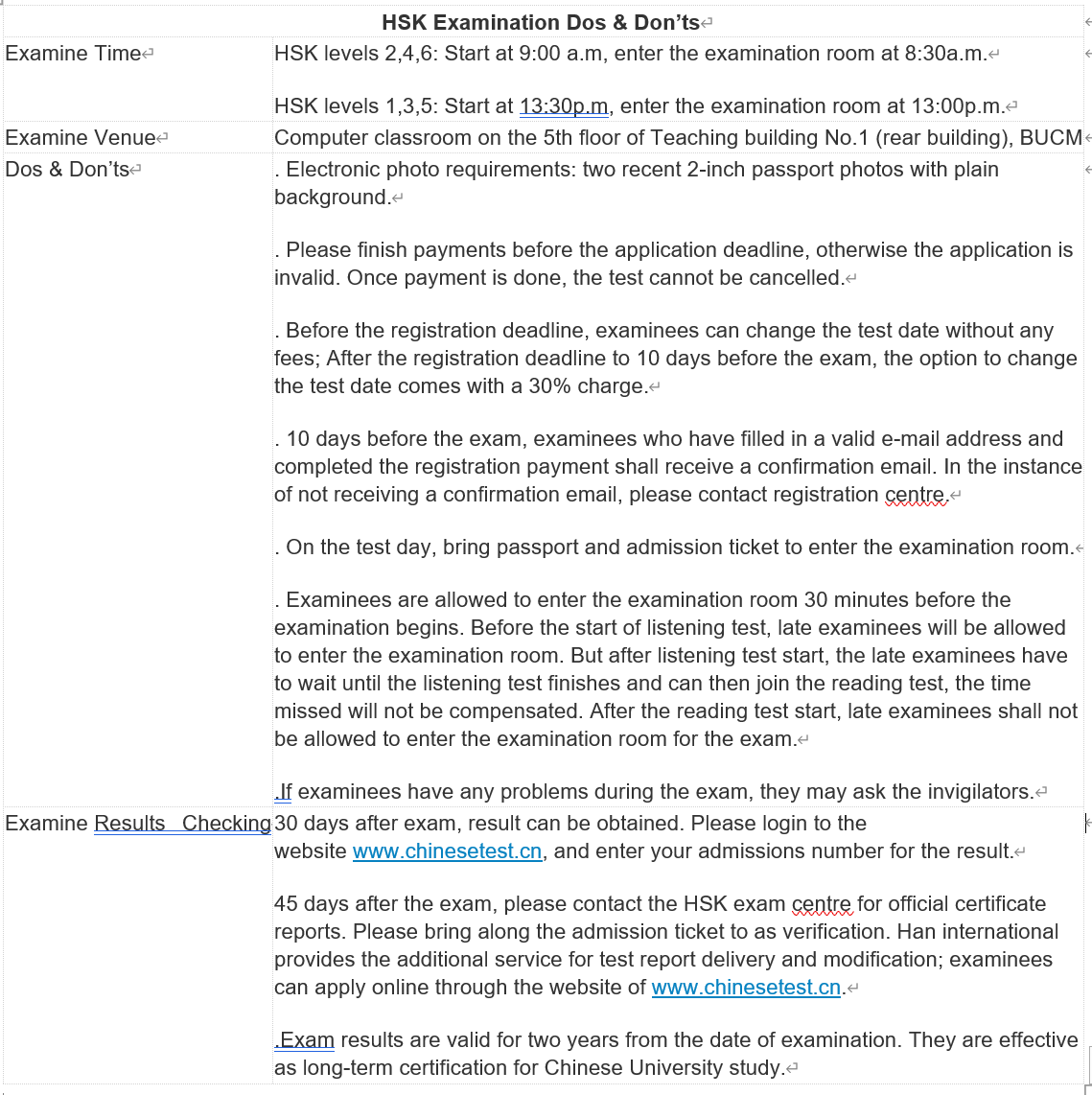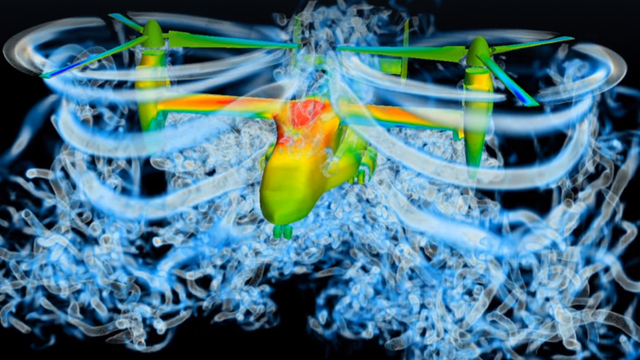
This technology makes it possible to perform complete array analysis to predict all mutual coupling, scan impedance, element patterns, array patterns and array edge effects. Finite array simulation technology leverages domain decomposition with the unit cell to obtain a fast solution for large finite-sized arrays.

The method is especially useful for predicting array-blind scan angles that can occur under certain array beam steering conditions. Element scan impedance and embedded element radiation patterns can be computed, including all mutual coupling effects.
Simulation check software#
In the next step of a Solid mesh, it knits all the surfaces together at the. ELECTROMAGNETIC SIMULATION SOFTWARE 3D Electromagnetic Field Simulator for RF and Wireless Design. It’s interesting to note here that for a Shell mesh type, the meshing process stops here but not for a Solid mesh. It allows for intermodal simulation including pedestrians and comes with a large set of tools for scenario creation. In brief, the meshing process starts first by evaluating and meshing each surface of a body separately. 'Simulation of Urban MObility' (SUMO) is an open source, highly portable, microscopic and continuous traffic simulation package designed to handle large networks. The cell contains periodic boundary conditions on the surrounding walls to mirror fields, creating an infinite number of elements. Image 3: Bonded global contact is the culprit.

Practice writing checks and deposit slips using the forms shown below.

Infinite array modeling involves one or more antenna elements placed within a unit cell. Simulation 3 Check and Deposit Slip Forms Review the sample check and deposit slip on page 27. Phased array antennas can be optimized for performance at the element, subarray or complete array level based on element match (passive or driven) far-field and near-field pattern behavior over any scan condition of interest. A candidate array design can examine input impedances of all elements under any beam scan condition.


 0 kommentar(er)
0 kommentar(er)
